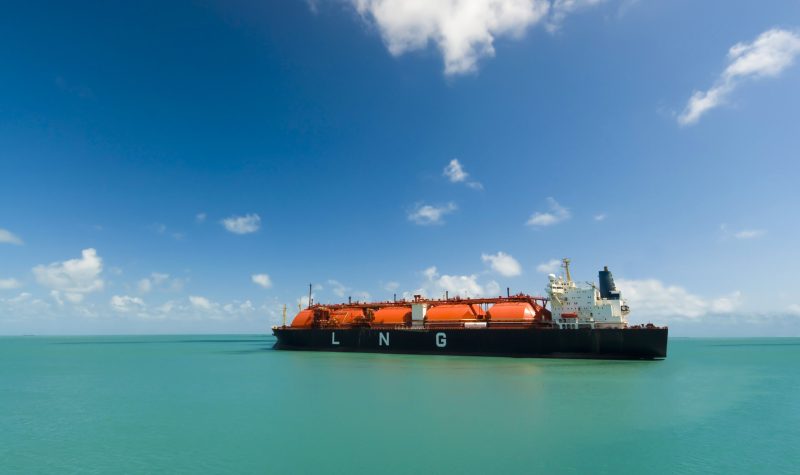Last month, the Nisga’a Lisims government in the Nass Valley announced an ambitious new resource project, Ksi Lisims (s’lisims) LNG, a 12-million-tonne-per-year liquefied natural gas (LNG) project at Wil Milit, north of Prince Rupert, BC near the Nisga’a village of Gingolx.
The project will be managed equally by the Nisga’a Nation, Rockies LNG and Western LNG.
The locations of the new LNG project is slated for the Wil Milit, approximately 15 kms east of Gingolx, on treatied land. The proposed site consists of undeveloped, but previously logged, land in close proximity to existing shipping routes.
The project also proposes to achieve net-zero emissions after three years in operation, with majority of the product headed for Asian markets.
The proposal of course aims to generate significant social and economic benefits, including public revenues, jobs, training and businesses opportunities for Indigenous Nations and other communities in the region. Total direct and indirect economic impact related to the Ksi Lisims facility, infrastructure and upstream activities is estimated at approximately $55 billion.
And with much of the consultation with communities and more assessment work to be done, Ksi Lisims LNG (s’lisims), is looking to secure final investments and full approval by 2024 and be fully operational by 2027 or 2028.
On July 2, the BC Environmental Assessment Office received an engagement plan and the initial project description which has been approve so the project can more ahead with community and partner engagement.
However, the facility requires a pipeline to feed natural gas from natural gas deposits in Northeast BC, in the North Motney Basin. Two potential pipelines, the Enbridge owned West Coast Connector and the TC Energy owned Prince Rupert Gas Transmission. Both pipelines have been approved for a few years, but may be subject to regulatory review according to Mike Sawyer, executive director for the Citizens Oil and Gas Council.
In 2014, Sawyer questioned the jurisdiction of the Prince Rupert Gas Transmission, arguing to the National Energy Board at the time, now the Canadian Energy Regulator, that the pipeline was incorrectly assessed and should be regulated under federal jurisdiction, not provincial.
Although Sawyer received a favourable ruling in the matter, a final determination of the pipeline was never completed.
In his submission to the Canadian Energy Regulator, Sawyer requested a clarification be issued citing, “the PRGT Project and North Montney Pipeline, along with Nova Gas’ interprovincial system, together comprise a single federally-regulated undertaking, and as such the PRGT Project falls within federal, not provincial, jurisdiction and is subject to regulation by the CER. I respectfully request that the CER issue a declaratory order and a Notice of Constitutional Question as requested,” Sawyer wrote in his CER application.
Sawyer believes that if the Canadian Energy Regulator reviews the jurisdiction of the Prince Rupert Gas Transmission, it will find its current approval status invalid, which would require a completely new environmental review and approval certificate that could take months, or even years to conclude.
Listen to the full interview below:


